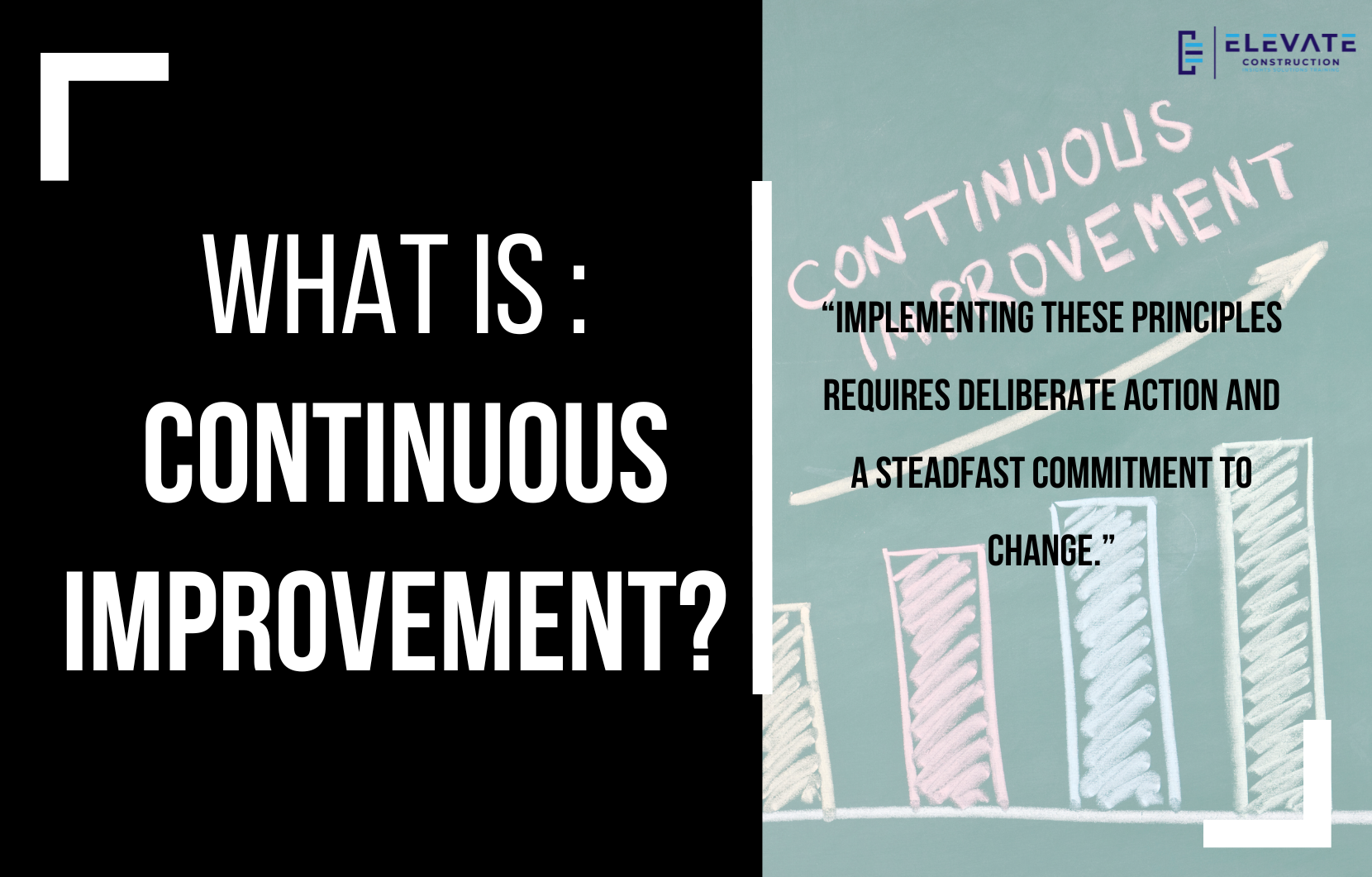The Buzz Around Continuous Improvement
In this blog post, you’re going to delve into the keys to implementing a continuous improvement system, exploring why it’s indispensable for your organization’s success. We’ll uncover two pivotal elements that every continuous improvement initiative must embrace to thrive. So, fasten your seatbelts as we embark on this transformative journey.
Respect for People: The Cornerstone
First and foremost, let’s acknowledge the buzz surrounding continuous improvement. It’s ubiquitous in industry discourse, with talk of lean principles, waste elimination, and incremental enhancements permeating every corner. Yet, amidst this chatter, lies the quintessence of what it truly means to embrace continuous improvement. It’s not merely about making minor tweaks or strategic overhauls; it’s about fostering a mindset, a habit, a way of being within your organization.
Engaging with Frontline Workers
Continuous improvement isn’t just about refining products, processes, or services; it’s about staying ahead in the market, delighting customers, and perpetually evolving to make operations smoother and more profitable.
Immersing in the Workplace: The Gemba Principle
Respect for people emerges as the cornerstone of any successful continuous improvement endeavor. It’s not about top-down directives imposed by the leadership; it’s about engaging with frontline workers, harnessing their insights, and valuing their contributions. After all, they are the ones intimately acquainted with the nuances of daily operations.
Establishing Stability
Moreover, the importance of physically immersing oneself in the workplace cannot be overstated. By going to the gemba, or the place where work happens, leaders gain invaluable firsthand insights into challenges and opportunities for improvement. This practice epitomizes the essence of continuous improvement—it’s not a distant, theoretical exercise; it’s a hands-on, boots-on-the-ground endeavor.
Building on Stability: Standardization
Stability forms the bedrock upon which continuous improvement thrives. A chaotic environment stifles progress, making it imperative to establish standardized processes and visual cues that facilitate efficiency and waste reduction. Standardization ensures clarity and consistency, enabling teams to identify deviations and iterate towards excellence.
Eliminating Waste: The Key to Optimization
Eliminating waste is central to the continuous improvement ethos. By scrutinizing operations for the eight forms of waste—overproduction, excess inventory, motion, transportation, defects, overprocessing, waiting, and underutilized talent—organizations can streamline processes and optimize resource utilization.
Embracing the PDCA Cycle
The PDCA (Plan-Do-Check-Act) cycle serves as a guiding framework for iterative improvement. It starts with planning, followed by execution, evaluation, and adjustment—a cyclical process that propels organizations towards continuous enhancement.
Empowering Frontline Employees
Empowering frontline employees to drive improvement fosters a culture of ownership and innovation. By granting them autonomy to implement small-scale improvements daily, organizations tap into a reservoir of untapped potential.
Prioritizing Customer Needs
At the heart of continuous improvement lies an unwavering commitment to customer needs. Every initiative, every enhancement should be driven by a desire to better serve and exceed customer expectations.
Maintaining Long-term Focus
Maintaining a long-term perspective guards against complacency and ensures sustained progress. Instead of fixating on immediate gains, organizations should strive for incremental improvements that compound over time, propelling them towards their overarching goals.
Conclusion: The Journey of Continuous Improvement
In conclusion, continuous improvement isn’t a destination; it’s a journey—an ongoing quest for excellence and innovation. By embracing its principles and embedding them into the fabric of your organization, you pave the way for sustained success and growth.
Taking Action: Implementing Continuous Improvement
Implementing these principles requires deliberate action and a steadfast commitment to change. By issuing challenges, rewarding innovation, and integrating continuous improvement into everyday practices, organizations can unleash the full potential of their workforce.
Final Thoughts
So, as you embark on your continuous improvement journey, remember these fundamental principles and let them guide you towards a future of unparalleled excellence.
If you want to learn more we have:
-Takt Virtual Training: (Click here)
-Check out our Youtube channel for more info: (Click here)
-Listen to the Elevate Construction podcast: (Click here)
-Check out our training programs and certifications: (Click here)
-The Takt Book: (Click here)
Discover Jason’s Expertise:
Meet Jason Schroeder, the driving force behind Elevate Construction IST. As the company’s owner and principal consultant, he’s dedicated to taking construction to new heights. With a wealth of industry experience, he’s crafted the Field Engineer Boot Camp and Superintendent Boot Camp – intensive training programs engineered to cultivate top-tier leaders capable of steering their teams towards success. Jason’s vision? To expand his training initiatives across the nation, empowering construction firms to soar to unprecedented levels of excellence.
On we go!


